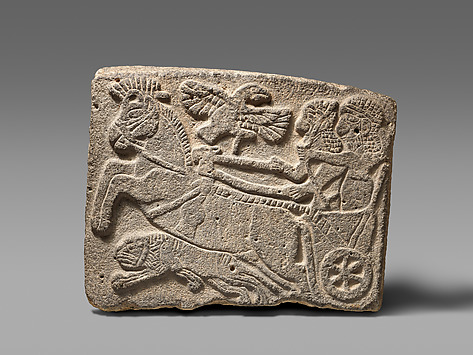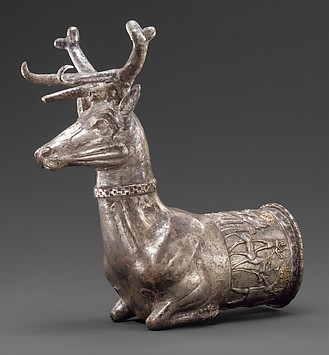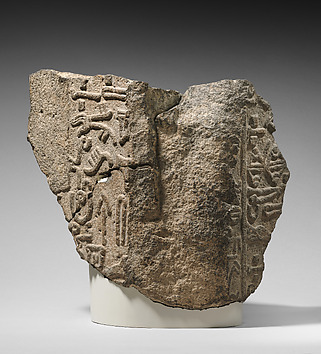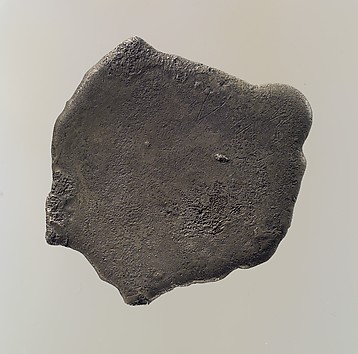Search / All Results
161 results for hittite




Essay
The Middle Babylonian / Kassite Period (ca. 1595–1155 B.C.) in Mesopotamia
June 1, 2016
By Elizabeth Knott

Press Release
Ancient Near East



Essay
Phrygia, Gordion, and King Midas in the Late Eighth Century B.C.
October 1, 2004
By Department of Ancient Near Eastern Art
Art
Tile
Art
Tile
Art
Tile
Art





